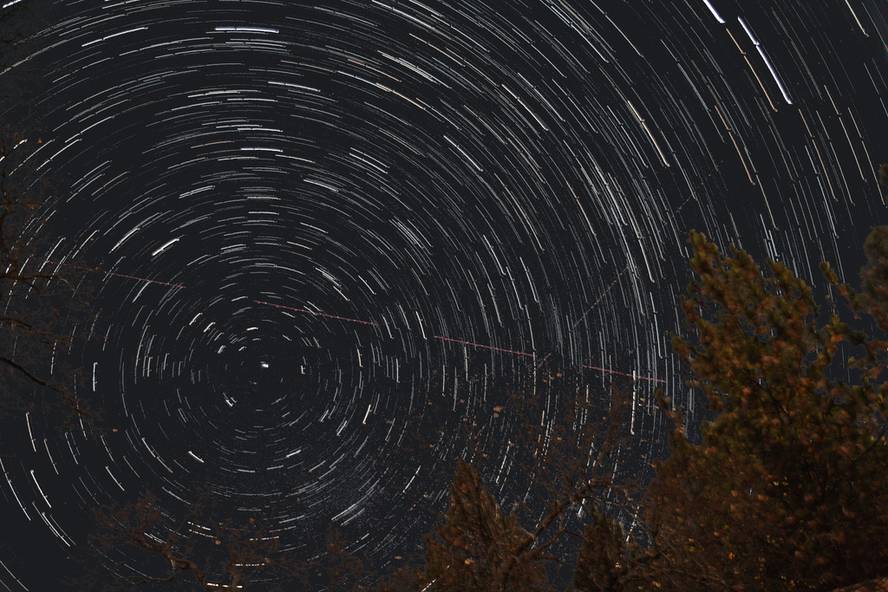The thinner Polar Star
Being aligned with the geographic north pole of Earth, the Polar star has been used for centuries as a stable compass. For astronomers who study Polaris closely, however, it is not such a stable star: it is resented and lost in cycles of four days and, according to the latest published research, every year it loses as much gas as the mass of the Earth, something less than a million of the
mass of the star. According to them, the loss of gas from stars is the best hypothesis to explain why the brightness cycle is slowing down. A
paper published in 2005 revealed the slowdown. Analyzing the data from 1844 to 2004, astronomers at the University of Saint Mary in Halifax calculated that the flash cycle has been prolonged for 4.5 seconds year to year and that, except for exceptions, there has been a regular rhythm. Researchers
at the University of Bonn have completed the research. The measurements from 2004 to 2011 have been added to the previous ones, concluding that the period change of the polar star does not correspond to the current models of prediction of the evolution of the stars and that the mass loss hypothesis fulfills the gap between the prediction of the model and the measures. The
head of the Halifax research team, David Turner, does not believe it is necessary to propose the loss of gas from the star to explain the slowdown of the period. Turner's hypothesis is that the star is younger than what has been considered so far and is at an earlier stage of life cycle evolution. In this case there would be no deviations from the model or gas losses.






